Selling your motorcycle or any other vehicle by yourself may seem challenging, but it's actually simpler than you might think. If you've decided to sell your motorcycle, there are steps you can take to have a successful sale without hiring costly experts. However, dealing with the paperwork can be overwhelming for some.
But do not be intimidated and immediately seek the services of attorneys. We live in the 21st century, which means that the answer to almost any question is on the Internet. To issue a bill of sale document for motorcycle, you can use a template by FormsPal. On this site, you will find all the easy-to-follow step-by-step instructions to create any form easily. We suggest referring to our article and basic tips on what should and should not be done when designing a form, so creating this document does not cause any difficulties for you.
What Is a Vehicle Bill of Sale?
First, let’s remember what a vehicle bill of sale is. This legal document serves as proof that the seller sold the vehicle to a specific buyer. But it is important to note that this paper is not proof of ownership for the new buyer.
The form contains the following information:
- Seller’s name and address
- Seller’s contact details
- Buyer’s name and address
- Buyer’s contact details
- Vehicle’s make, model, and body type
- Vehicle’s year, odometer’s reading
- Vehicle color and VIN
- Last inspection date
- Payment method and terms
- Signatures
Thus, this document is a kind of receipt that you will use to submit to the appropriate department to obtain other necessary documents or even to calculate the amount of sales tax.
The filling rules may differ depending on the state where the transaction takes place, but in general, the document is about the same everywhere. Notarization is rarely required, but it is not prohibited to do this for your peace of mind.
Dos Checklist
- Fill out and sign two identical copies of the document. One copy remains with the seller, and the other goes to the buyer. So both parties have all the data they need.
- Check several times all the specified data on each side of the transaction. It is very important to have valid names, addresses, and contact numbers. If you have any questions, you can contact a second party. Otherwise, everything will fall on your shoulders.
- Notarize the document or take a third party as a witness. Most states do not require notarizing the document, but this is a common practice used to keep both parties calm.
- After signing the bill of sale, you must provide information about the bill to a tax office. Tax officials will tag the transaction and assess the required sales tax.
- If only part of the funds will be transferred on the day the car is sold, you should issue a promissory note. A bill of sale usually assumes that all the money has already been transferred to the seller.
- If you are the seller, please contact the State Department of Motor Vehicles (DMV) immediately after the transaction. Inform the department about the sale of your vehicle so that they have up-to-date data. This will protect you if any accidents involving this car or motorcycle are committed before the new owner receives the title.
- Find out what other documents must be drawn up when selling and buying a vehicle. For instance, the requirements for New York State are posted on the local DMV site. Visit your state’s website for the required formalities.
Don’ts Checklist
- Do not provide the completed and signed bill of sale to the buyer before receiving all the money. This form assumes that the seller has already received all funds. Therefore, unscrupulous buyers can use this paper as proof that they have transferred the required amount.
- Do not sign the form before you check it. Carefully study that all indicators related to the car or motorcycle are correct, all numbers are indicated as necessary, and there are no typos.
- Do not leave the vehicle’s license plate. Before handing over the car or motorcycle to a new owner, be sure to remove the license plate.
- Do not forget to provide a copy of your completed and signed document to your local DMV. Check with your state office for timing requirements.
To Sum Up
Selling a motorized vehicle yourself is not that difficult. There are now many specialized sites that you can use to find potential buyers. Put the vehicle in order, take high-quality photos, make a detailed description of the car or motorcycle and its technical condition, and post all this information on the Internet. Having agreed on the price that suits you, you can proceed to the paperwork.
To correctly draw up a vehicle bill of sale, you should use our tips listed above. Our most important advice is to be careful and check everything not twice, but three times. Your form must not contain typos, and all information must be correct and truthful.













